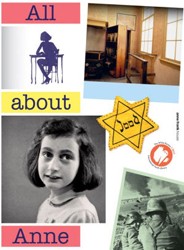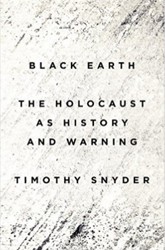That famous photo of the little boy with his hands upraised, fear and bewilderment on his face…Innocence vs. Evil. It is one of the most famous photos of the Holocaust. Samuel Bak, an artist of the Holocaust, painted the boy’s image in numerous paintings. But what does it mean and did this child survive? And is this what the book is about? Not really. It is only the pivot around which the author revisits one part of the excruciating experience of the Holocaust in Poland by linking five stories of the people whose lives “intersected with and around the taking of the photograph.” Three of the five were Nazi criminals, ranging from an SS sergeant to a low-ranking SS officer to an SS general; and two were Jewish victims. The lives of the SS soldiers, from their youth to how they got to participate wholeheartedly in the murder of Jews, occupies as much text as do the lives of the Jewish victims.

Nonfiction
The Boy: A Holocaust Story
- Review
By
– August 31, 2011
The author did an enormous amount of research to uncover the bits and pieces of information that he then wove together into a whole; and it took his very creative imagination to describe the situations in which the characters, both German, Polish, and suffering Jews found themselves. Much is based upon the Stroop Report, including the photographs found in it, although this is only the Nazi point of view. It remained to Porat to describe the sheer fright and agony of the Jewish victims — partly from his extensive research and partly from his projection of what it must have been like, felt like, and the awful consequences. A painful book to read, more painful than a memoir, because the author uses the tools of description and supposition that are usually absent from memoirs, to encourage the reader to respond with emotion, as well as intellect. It is not about who the boy was, or is, or if he died or survived to become a prominent New York physician. It is about how easily anti-Semitism and propaganda can create monsters out of first, the “losers” of society and then the ordinary people; and the horror of what the Jewish people had to endure. Glossary, index.
Marcia W. Posner, Ph.D., of the Holocaust Memorial and Tolerance Center of Nassau County, is the library and program director. An author and playwright herself, she loves reviewing for JBW and reading all the other reviews and articles in this marvelous periodical.
Discussion Questions

Jewish literature inspires, enriches, and educates the community.
Help support the Jewish Book Council.



